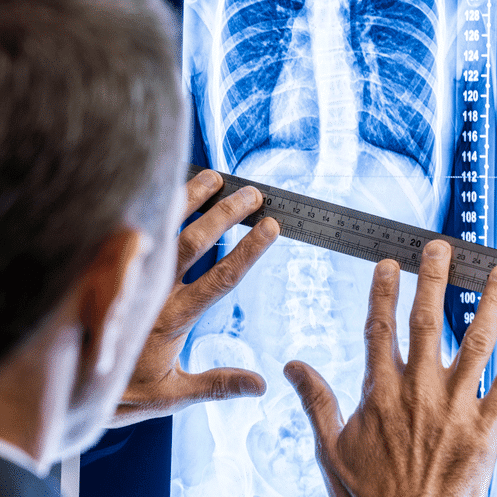Background
Bracing for adolescents with scoliosis curves between 20 and 40 degrees is generally accepted as an appropriate treatment of choice during adolescent growth. Beyond that, surgery is often proposed for curves larger than 45 degrees [1].

The authors of a systematic review aimed to report the current evidence about the effectiveness of bracing in adolescents with residual growth and curves larger than 40 degrees [2].
Methods
The authors conducted a systematic review on bracing interventions on Cobb angle modification in idiopathic scoliosis where surgical indication existed.
What did the Authors Mind?
From the sample of nine studies analysed that met the inclusion criteria, the authors reported:
- 32% of patients improved (> 5o Cobb change), 26% were stable, 42% progressed.
- The rate of improvement ranged from 11% to 78% while the rate of progression ranged from 4% to 64%.
- The surgical rates were not reported in all studies but ranged from 0 to 58%, with differences in each study.
Take Home Messages
The authors reported that more and better quality studies are needed. However, there are some studies suggesting the use of bracing in the case of severe curves when patients are motivated by trying to avoid surgery.
References:
- (SRS) SRS Adolescent Idiopathic Scoliosis [Internet]. https://wwwsrsorg/patients-and-families/conditions-and-treatments/adolescents
- Zaina F, Cordani, C., Donzelli, S., Lazzarini, SG., Arienti, C., Del Furia, MJ., and Negrini, S. (2022) Bracing Interventions Can Help Adolescents with Idiopathic Scoliosis with Surgical Indication: A Systematic Review. Children 9:1672. doi: https://doi.org/10.3390/children9111672
